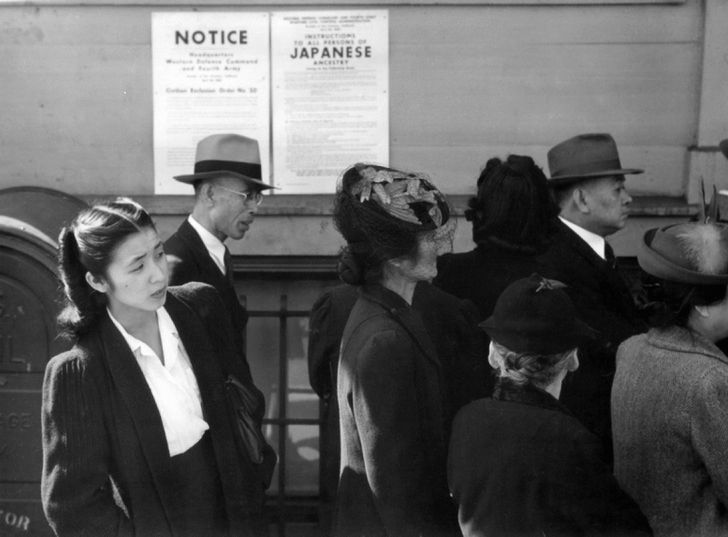Those working in the fashion industry tend to focus on the way the material looks and not how much it costs. These creative types rarely have the experience or expertise to do proper managerial cost accounting, though this is essential to the bottom line. Pricing things too high costs you too much business, while failing to take the total cost into account will destroy your profit margin. The best way to maximise profits is to reduce costs. Here are a few practical ways to reduce overhead costs in the garment industry.
Track Your Overhead Costs
One of the best ways to get a handle on overhead costs is to total all of your fixed and variable expenses. This includes rent, taxes, equipment costs, supplies and labour. You may find that you're spending much more than you thought in a given area. This tabulation gives you the information you need to know where to try to lower costs or take steps to prevent them from going up further.
Shop for a Better Rate on Utilities
You can't do much about the cost of sewing supplies beyond trying to buy in bulk, and you may not be able to change sewing equipment depreciation once you've bought the equipment. However, you can reduce energy costs - one of the biggest variable costs you can negotiate. Working with a business utility broker, you could save a significant amount on your electric and gas bills or get additional services for free. Services like Utility Bidder allow you to comparison shop commercial and industrial energy plans just as you could residential energy providers. You may also lock in today's energy rates, allowing them to remain relatively stable regardless of production output.
Determine the Value of Each Item You're Making
This requires performing time motion studies to understand how much work goes into making each garment as well as the labour costs for each step. Calculate how much it costs to make each garment. Multiply the cost of each type by the base hourly rate (fixed expenses, variable expenses, and profit margin). Then compare this to how much you're selling it for. You may find you need to increase the price of the item to account for its full value, consider reducing the number of steps required to make the item, or discontinue the product altogether. Then you can invest these same resources into profitable items.
Making your people more efficient at what they do improves their productivity. Simplifying the clothing manufacturing process may allow you to use cheaper, lower skilled workers. Don't forget to invest in training so that you can bring up the skill level of new and currently low-skill workers. This could eliminate the need to pay overtime or hire additional people. The alternative is carefully hiring only experienced, qualified people.
Incentivise What You Want
You could offer a reward to those who suggest methods to improve the efficiency or quality of the production process. You might reduce waste, improve quality, or come up with a faster way of doing things at relatively little cost. And your staff appreciate being listened to - you could also offer incentives for performance. This would not only increase productivity in the short run, but it would incentivise others to attend training or ask others how to do their own job better.
Reduce the Cost of Materials
Materials are one of the biggest expenses in garment manufacturing. This is why you want to reduce material costs every way you can. A good starting point is buying materials in bulk to lower the cost, though you don't want to end up holding inventory you can't use. Compare prices among suppliers, and choose the one who balances price with performance. Another tactic is calculating your fabric utilisation rate. Determine how much fabric it takes to make a garment, and find out how much fabric you buy is wasted. Maybe you want to buy clothes in smaller pieces to reduce how much is wasted in the cutting process.
Furthermore, you can look for ways to reduce waste, such as reducing the rate your team makes defective garments that get thrown away. The next step would be redesigning garments to use less material, though you don't want to impact the quality of the product. Try to use the same material throughout the garment.
Another area to investigate is the use of materials that don't ultimately affect the final product - the clothes you make. You might be able to reduce or eliminate materials used in packaging or documentation. If the item doesn't help sell the product, get rid of it. Then only buy what you need to make what your customers have on order.
Setting up a factory is easy relative to the ongoing effort of keeping it running. Learning how to control production costs is essential to the operation's profitability and long-term success.



 women in street dancing
Photo by
women in street dancing
Photo by  man and woman standing in front of louver door
Photo by
man and woman standing in front of louver door
Photo by  man in black t-shirt holding coca cola bottle
Photo by
man in black t-shirt holding coca cola bottle
Photo by  red and white coca cola signage
Photo by
red and white coca cola signage
Photo by  man holding luggage photo
Photo by
man holding luggage photo
Photo by  topless boy in blue denim jeans riding red bicycle during daytime
Photo by
topless boy in blue denim jeans riding red bicycle during daytime
Photo by  trust spelled with wooden letter blocks on a table
Photo by
trust spelled with wooden letter blocks on a table
Photo by  Everyone is Welcome signage
Photo by
Everyone is Welcome signage
Photo by  man with cap and background with red and pink wall l
Photo by
man with cap and background with red and pink wall l
Photo by  difficult roads lead to beautiful destinations desk decor
Photo by
difficult roads lead to beautiful destinations desk decor
Photo by  photography of woman pointing her finger near an man
Photo by
photography of woman pointing her finger near an man
Photo by  closeup photography of woman smiling
Photo by
closeup photography of woman smiling
Photo by  a man doing a trick on a skateboard
Photo by
a man doing a trick on a skateboard
Photo by  two men
two men  running man on bridge
Photo by
running man on bridge
Photo by  orange white and black bag
Photo by
orange white and black bag
Photo by  girl sitting on gray rocks
Photo by
girl sitting on gray rocks
Photo by  assorted-color painted wall with painting materials
Photo by
assorted-color painted wall with painting materials
Photo by  three women sitting on brown wooden bench
Photo by
three women sitting on brown wooden bench
Photo by 
 Photo by
Photo by  Photo by
Photo by  Photo by
Photo by  Photo by
Photo by 


 people sitting on chair in front of computer
people sitting on chair in front of computer



 all stars lol GIF by Lifetime
all stars lol GIF by Lifetime two women talking while looking at laptop computerPhoto by
two women talking while looking at laptop computerPhoto by  shallow focus photography of two boys doing wacky facesPhoto by
shallow focus photography of two boys doing wacky facesPhoto by  happy birthday balloons with happy birthday textPhoto by
happy birthday balloons with happy birthday textPhoto by  itty-bitty living space." | The Genie shows Aladdin how… | Flickr
itty-bitty living space." | The Genie shows Aladdin how… | Flickr shallow focus photography of dog and catPhoto by
shallow focus photography of dog and catPhoto by  yellow Volkswagen van on roadPhoto by
yellow Volkswagen van on roadPhoto by  orange i have a crush on you neon light signagePhoto by
orange i have a crush on you neon light signagePhoto by  5 Tattoos Artist That Will Make You Want A Tattoo
5 Tattoos Artist That Will Make You Want A Tattoo woman biting pencil while sitting on chair in front of computer during daytimePhoto by
woman biting pencil while sitting on chair in front of computer during daytimePhoto by  a scrabbled wooden block spelling the word prizePhoto by
a scrabbled wooden block spelling the word prizePhoto by 
 StableDiffusion
StableDiffusion
 StableDiffusion
StableDiffusion
 StableDiffusion
StableDiffusion





